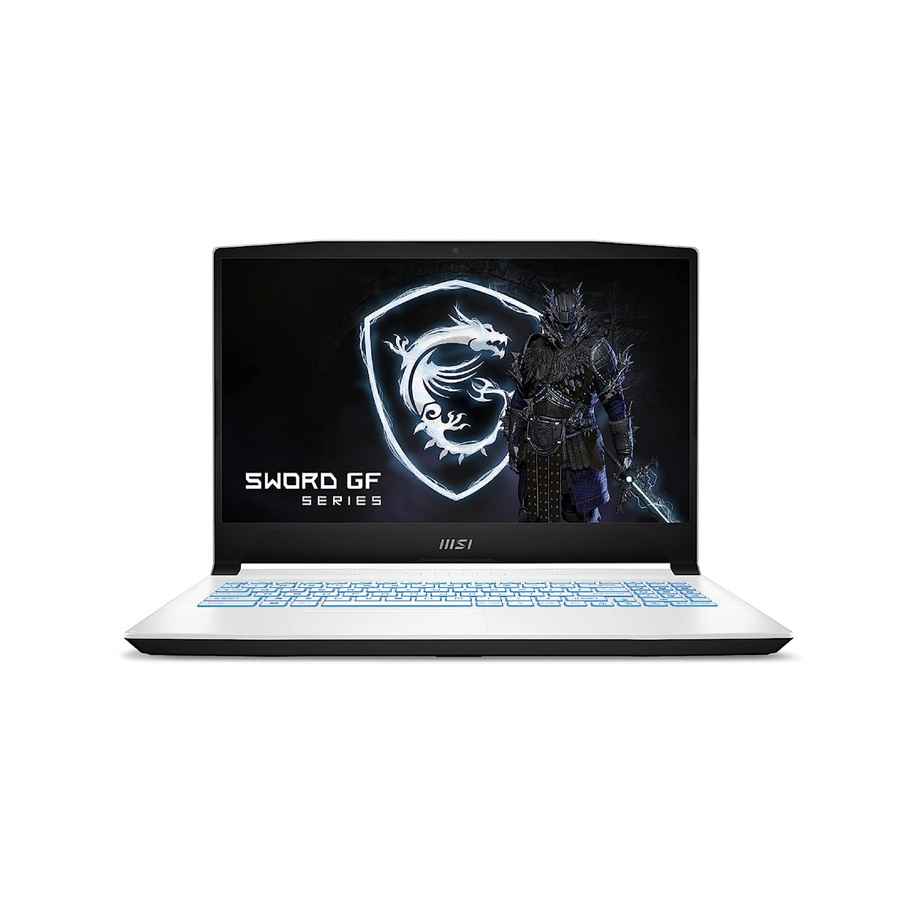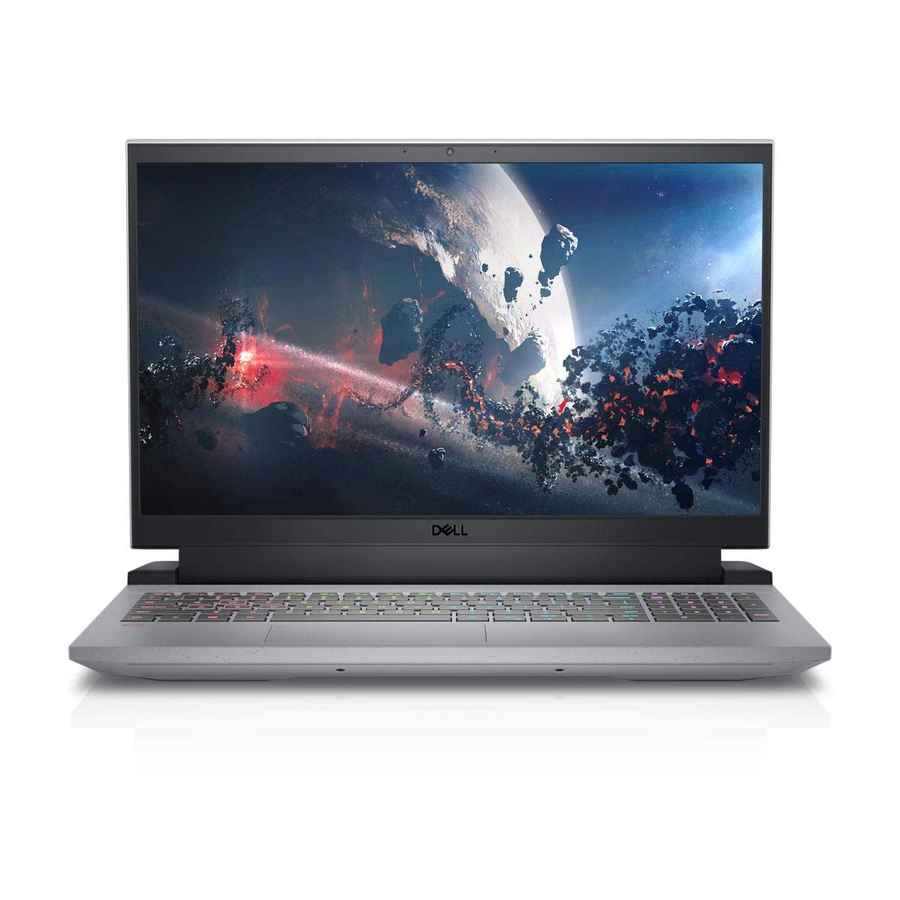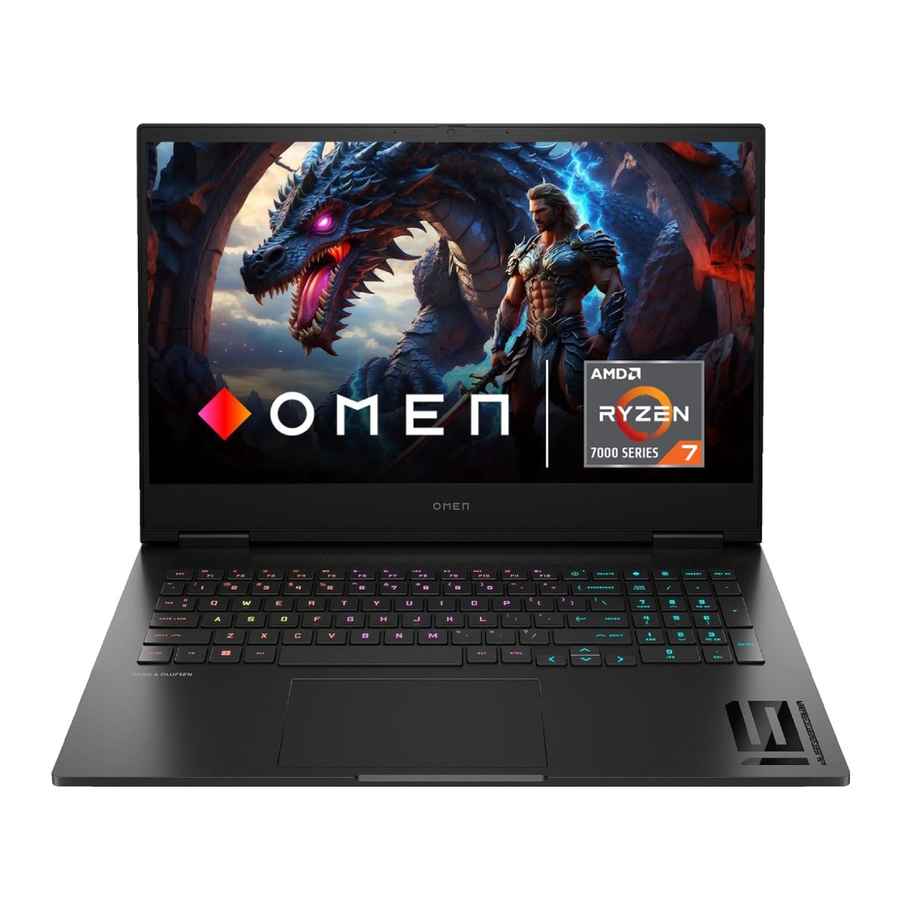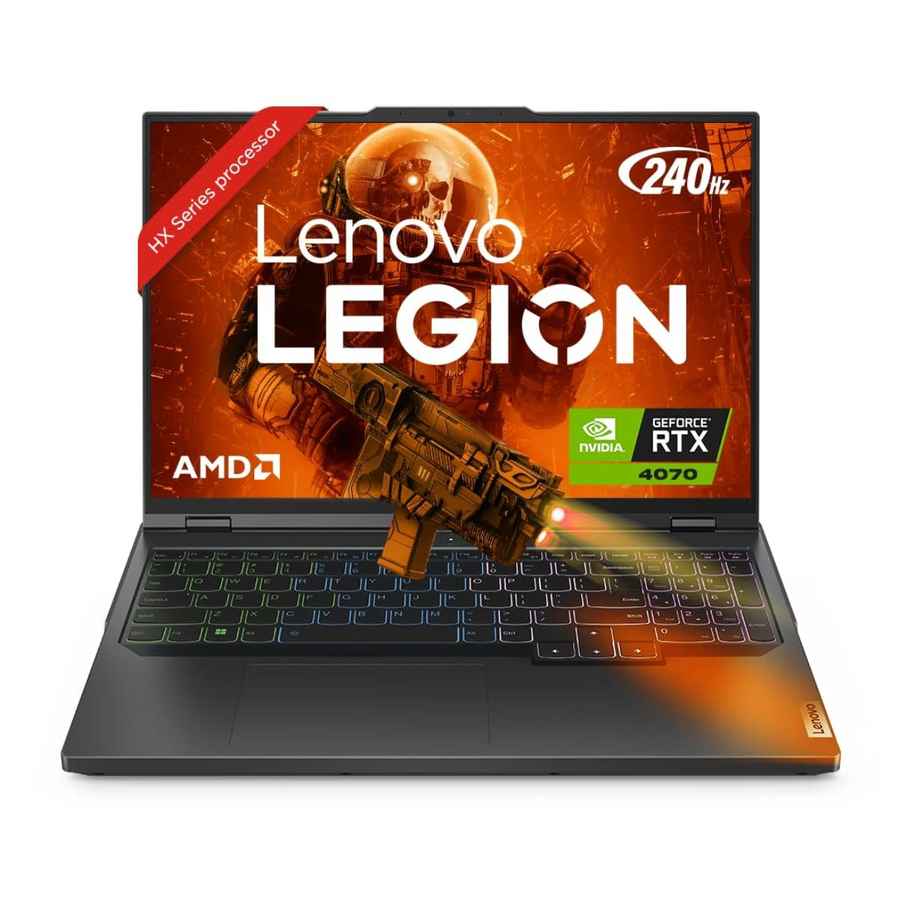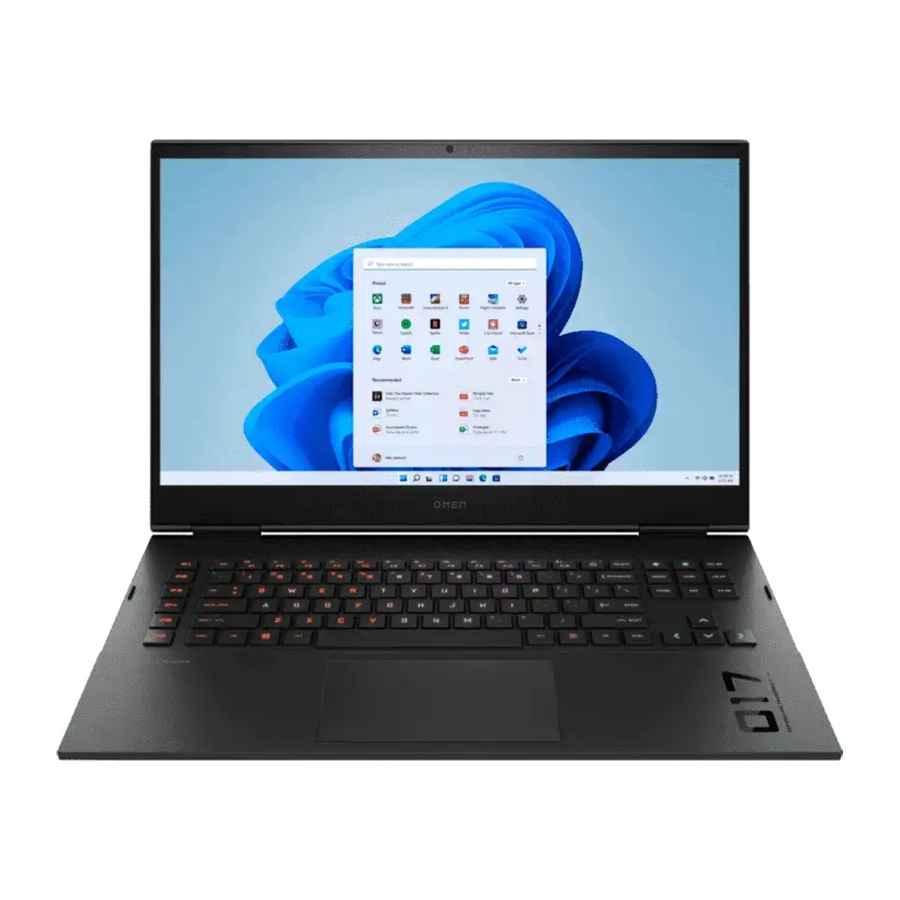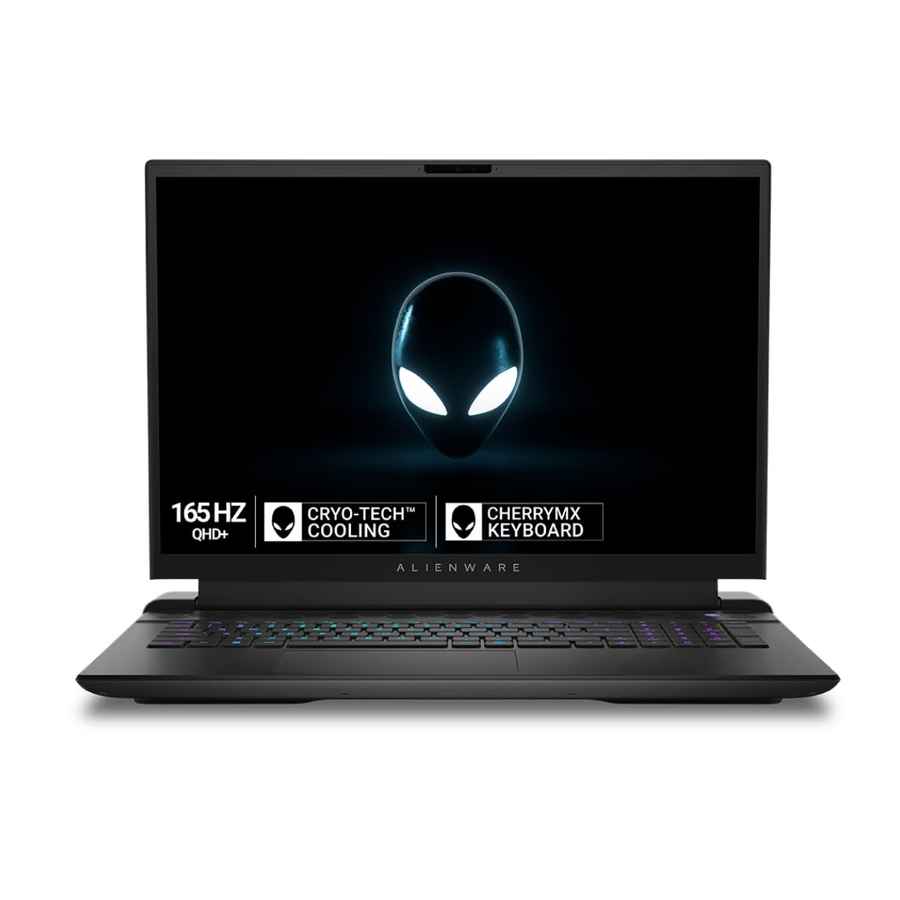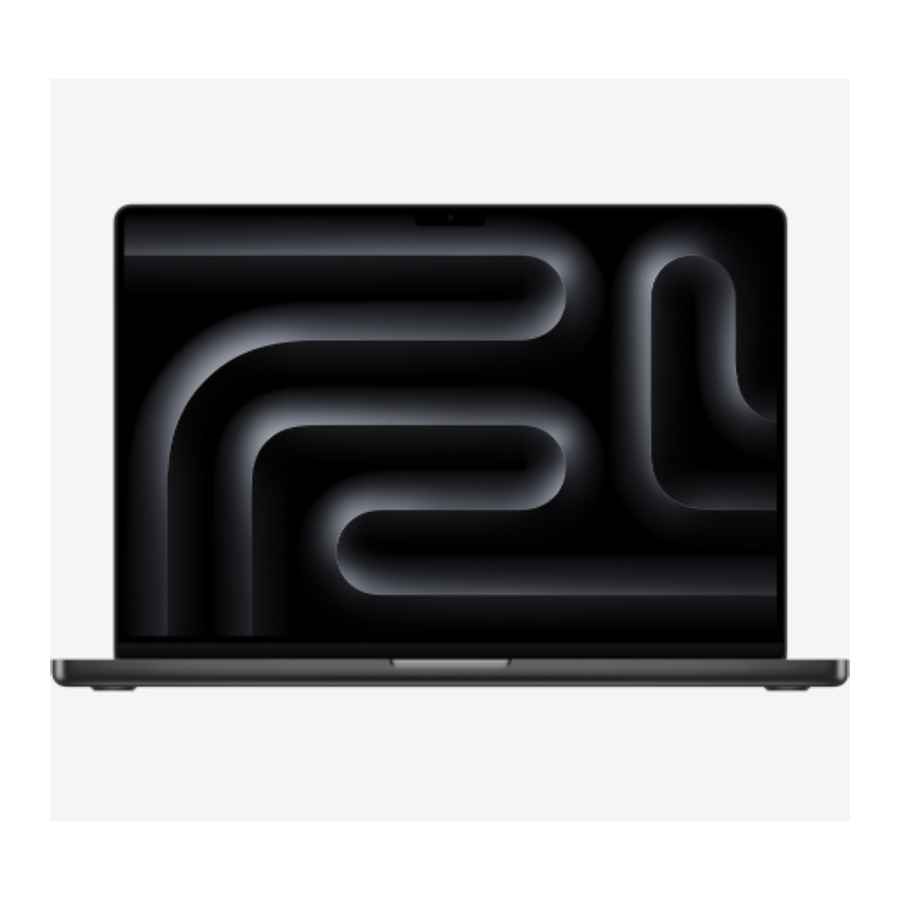Best Laptops for Deep Learning
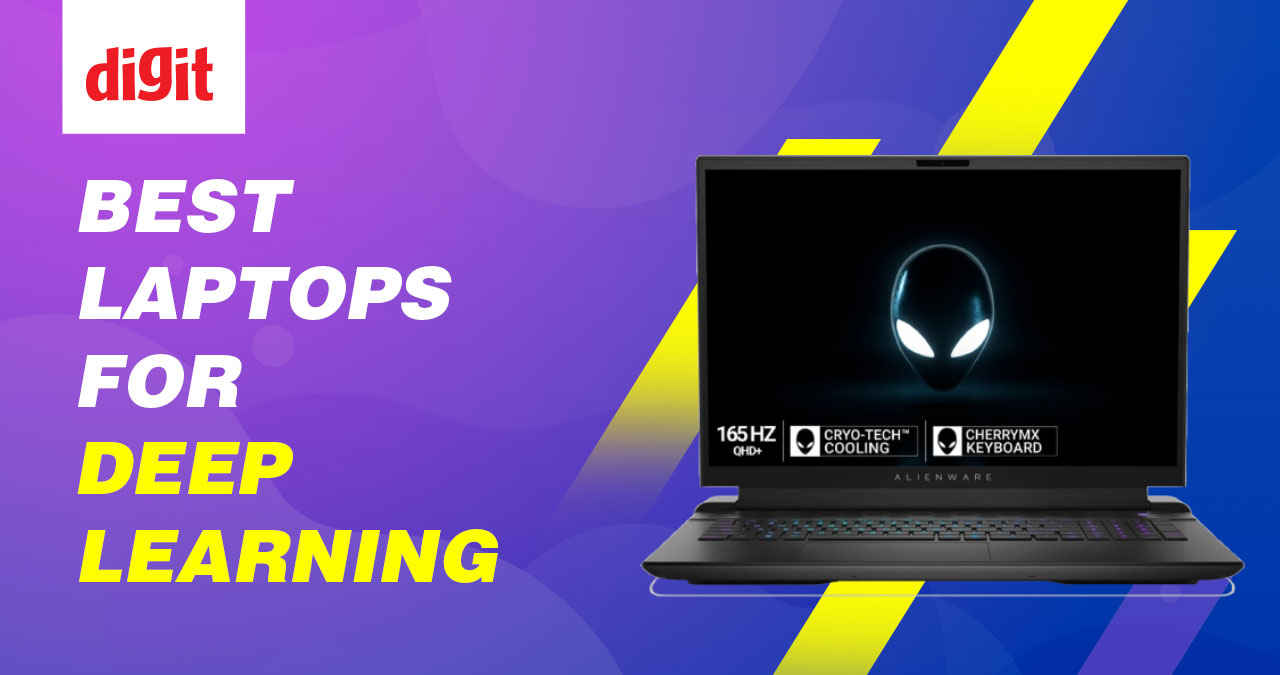
Finding the best laptops for deep learning involves more than just picking a high-spec coding device; it's about selecting a system capable of handling the intensive demands of training complex models. Deep learning models, which are mathematical representations of real-world processes, require significant computational power to process and learn from vast datasets, akin to how the human brain learns from experience. High-performance deep learning laptops are essential for data scientists and researchers who prefer or need to train their models locally, rather than relying solely on cloud computing. Whether you're on a budget or in the market for a top-tier machine, the right laptop can significantly impact the efficiency and effectiveness of your deep learning projects. This guide aims to introduce you to the best laptops for deep learning, catering to various needs and budgets, from budget-friendly options that offer great value to state-of-the-art deep learning research laptops that promise unparalleled performance.
- 1.
The MSI Sword 15 A12VF is a gaming laptop that you can get your hands on for under Rs 95,000. It is a 15.6-inch laptop made out of hardshell polycarbonate with 23mm thickness. Meaning it can handle heat from the CPU and the GPU pretty well. It comes with a white-coloured theme, which looks good and matches the blue colour keyboard backlight. In terms of actual hardware, you’re getting a 12th Gen Intel Core i7-12650H, a 10-core and 16-thread, CPU, and an Nvidia GeForce RTX 4060 with 8GB GDDR6 VRAM, the minimum requirement for CUDA compatibility, and 16GB DDR5 RAM running in quad-channel mode. My recommendation would be to upgrade the RAM to 32GB quad-channel for better performance in Machine Learning frameworks.

- 2.
The Dell G15 is another great choice for a machine-learning laptop in 2024. You can easily pick one up for a little more than Rs 1 lakh and for that price, you’re getting a pretty powerful machine. It features an AMD Ryzen 7 6800H, an 8-core and 16-thread, APU, an Nvidia GeForce RTX 3070 Ti GPU with 8GB GDDR6 VRAM and a whooping 140W TGP. The 15.6-inch laptop is also quite beefy at 27mm thick and includes a pretty powerful air-cooling system, which is crucial to keep the laptop cool while training Machine Learning models for long. The laptop also weighs in at 2.51 kg and the heavy weight also reflects in the laptop’s high build quality. The Dell G15-5525 also comes with 16GB DDR5 RAM, which is user-upgradable, in quad-channel mode, and 1TB SSD as well.

- 3.
I highly recommend the HP Omen 16-xf0059AX because of its patented Tempest cooling technology. Sure, your laptop will make a ton of noise when spinning at max speed but you won’t have to worry about thermal throttling as much. Powered by the AMD Ryzen 7840HS, featuring 8 cores, 16 threads, and Ryzen AI, and an Nvidia GeForce RTX 4060 GPU with 8GB GDDR6 VRAM and 115W TGP. The Omen 16 also gets user-expandable 16GB DDR5 RAM running at 5600MHz and 512GB SSD. The relatively bigger 16-inch chassis also has a 23mm thickness, meaning there’s plenty of room inside the chassis for heat dissipation for sustained performance during ultra-long workflows.

- 4.
The Lenovo Legion 5 Pro stands out as an exceptionally budget-friendly option among deep neural network laptops, featuring the RTX 4070 GPU with 8GB GDDR6 VRAM at 140W. This powerful graphical processing unit is complemented by the AMD Ryzen 7 7745HX, an efficient 8-core, 16-thread APU capable of reaching up to 5.1GHz boost clock and equipped with 35MB of superfast L3 cache. While it comes standard with 16GB DDR5 RAM, upgrading to at least 32GB would be beneficial for more intensive computing tasks. Storage needs are well met with a 1TB PCIe Gen 4 SSD. To keep everything cool under heavy loads, the laptop is designed with an enhanced cooling system, featuring larger intake and exhaust vents for improved airflow. Although the 240Hz QHD+ display with 500 nits brightness might not directly benefit deep neural network tasks, it’s a fantastic addition for those moments when you switch from work to play, especially for eSports titles.

- 5.
In the realm of deep learning, the right laptop configuration for deep learning is crucial, and size does matter when it comes to thermal management. The HP Omen 17 exemplifies this principle perfectly. This impressive 17-inch gaming laptop is not just large; it’s also equipped with some seriously powerful components that make it ideal for deep learning tasks. At its heart lies an Nvidia GeForce RTX 4080 with 12GB GDDR6 VRAM and a robust 175W TGP, complemented by an Intel Core i9-13900HX processor, which boasts 24 cores and 32 threads, rivalling desktop computers in performance. Additionally, the laptop is outfitted with 32GB DDR5 RAM and a 1TB PCIe Gen 4 SSD, ensuring swift data access and processing. The 27mm thickness of the laptop isn’t just for show; it facilitates enhanced airflow, which, when combined with HP Omen’s advanced tempest cooling technology, ensures the laptop remains cool under heavy computational loads. This configuration makes the HP Omen 17 a top contender for those looking to dive into deep-learning projects with a machine that can handle intense processing demands.

- 6.
The Dell Alienware m18 R1 stands out as one of the most formidable and best GPU laptops for deep learning available today. It boasts an impressive lineup of specs, including an Intel Core i9-13980HX CPU, a massive 64GB DDR5 RAM, and an Nvidia GeForce RTX 4090 with 16GB GDDR6 VRAM and 175W TGP, making it a powerhouse for any data-intensive tasks. This laptop doesn’t stop at raw power; it also features a premium CherryMX low-profile mechanical keyboard and per-key Alien-FX lighting, enhancing both its aesthetics and functionality. With its large size, robust internals, and an advanced cooling system that includes 7 heat pipes, an enlarged vapour chamber, and four fans, the Dell Alienware m18 R1 secures its position as one of the top choices for deep learning, perfectly suited for running Large Language Models (LLMs) and various machine learning software frameworks like Pytorch and TensorFlow.

- 7.
- Exceptional performance
- Stunning display
- Long battery life
- Limited colour gamut (only 81.8% DCI-P3)
- A bit heavy at 2.2kg
Deep learning model training laptops require not just efficiency but also the ability to handle extensive computational work without overheating. Despite ARM-based processors being known for their power efficiency compared to x86 processors, the M3 Max SoC challenges this by generating considerable heat and requiring more power. Consequently, a 16-inch MacBook chassis is recommended to ensure there’s ample space for optimal operation, allowing the system to leverage its full potential without constraints. This is precisely why a 14-inch model with the M3 Max SoC might not be the best fit. The 16-inch M3 Max Apple MacBook Pro, however, stands out as an excellent choice for both machine learning and deep learning pursuits. It is equipped with 48GB LPDDR5 unified RAM, which, although fixed, offers exceptionally low latency, along with a 1TB SSD for storage, making it a prime candidate among deep learning model training laptops for professionals looking to push the boundaries of computational learning and data analysis.

Yetnesh Dubey
Yetnesh works as a reviewer with Digit and likes to write about stuff related to hardware. He is also an auto nut and in an alternate reality works as a trucker delivering large boiling equipment across Europe. View Full Profile

